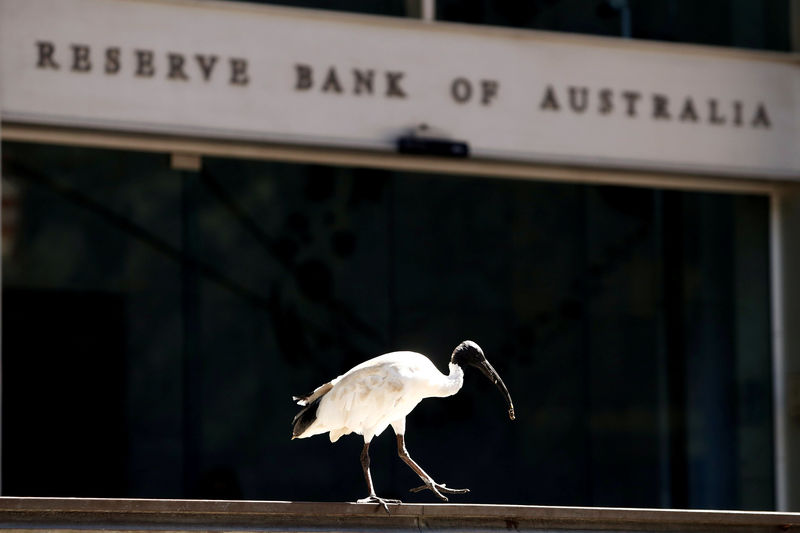Walmart halts H-1B visa offers amid Trump’s $100,000 fee increase - Bloomberg
Investing.com-- The Reserve Bank of Australia is widely expected to cut interest rates at the conclusion of a meeting on August 12, amid persistent signs of cooling inflation and a softer labor market.
The RBA is widely expected to cut its benchmark rate by 25 basis points to 3.60%, its third rate cut so far in 2025. Expectations for the cut are high especially after the RBA blindsided markets with an unexpected hold in July.
Inflation data for the second quarter showed outsized cooling, while employment data for recent months also showed a steady, albeit limited decline in Australia’s labor sector– both factors being key considerations for the RBA to cut.
The central bank had cited some caution over inflation and U.S. trade tariffs when keeping rates steady in July.
But with inflation seen clearly declining in the second quarter, the RBA is likely to have gained more confidence to cut.
Australia faces a 10% universal tariff on exports to the U.S., which took effect from last week. While the 10% levy is expected to have a limited impact on the Australian economy, relatively higher U.S. tariffs against some of Australia’s biggest trading partners could present some challenges in the coming months.
ANZ analysts said they expect the RBA to cut rates by 25 bps in August, followed by a similar cut in November. Westpac analysts also see a 25 bps cut in August, followed by at least three more cuts of a similar magnitude.
“Recent data on growth and inflation have come in softer than expected, reinforcing the case for easing,” ING analysts said in a note, forecasting at least one more cut in 2025.
With the August rate cut largely priced in, investors will be watching for any more cues on rates from RBA Governor Michele Bullock. Bullock has struck a largely cautious stance towards monetary easing, citing caution over sticky inflation and the impact of U.S. trade tariffs.
How will the ASX 200 stock index react?
Australian stocks have largely cheered the prospect of lower interest rates, given that such an environment boosts local liquidity while also benefiting the country’s biggest banks.
The ASX 200 hit a record high before the RBA meeting, and stands to push higher if the RBA sends a dovish signal to markets.
How will the AUD/USD react?
The Australian dollar is likely to soften in the face of lower interest rates and a dovish outlook from the RBA.
The currency’s AUD/USD pair– which gauges the value of the Aussie against a single U.S. dollar– had recently fallen to a one-month low on this notion.
But losses in the Australian dollar were limited by sustained weakness in the U.S. dollar, as markets positioned for an interest rate cut by the Federal Reserve in September.
